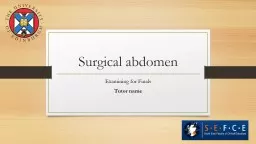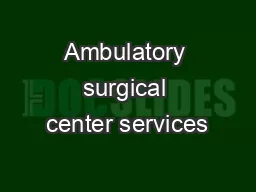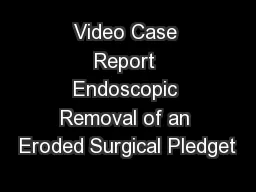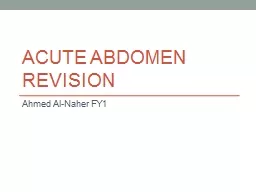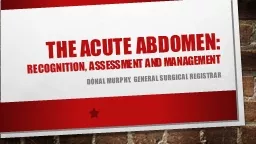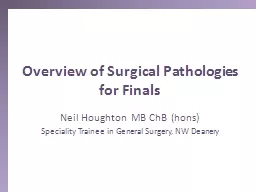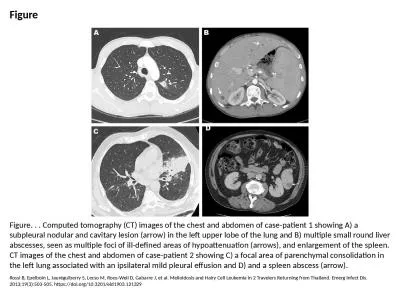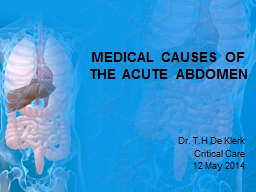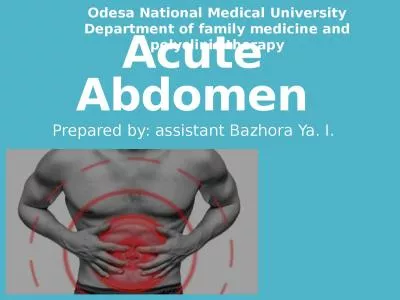PPT-Surgical abdomen Preparation for Finals – Case-based Learning
Author : cozync | Published Date : 2020-06-15
Tutor name TuBS attendance httpstutorialbookingcom Session overview Common surgical conditions for the OSCE How to present your findings Overview of clinical signssurgical
Presentation Embed Code
Download Presentation
Download Presentation The PPT/PDF document "Surgical abdomen Preparation for Finals ..." is the property of its rightful owner. Permission is granted to download and print the materials on this website for personal, non-commercial use only, and to display it on your personal computer provided you do not modify the materials and that you retain all copyright notices contained in the materials. By downloading content from our website, you accept the terms of this agreement.
Surgical abdomen Preparation for Finals – Case-based Learning: Transcript
Download Rules Of Document
"Surgical abdomen Preparation for Finals – Case-based Learning"The content belongs to its owner. You may download and print it for personal use, without modification, and keep all copyright notices. By downloading, you agree to these terms.
Related Documents

